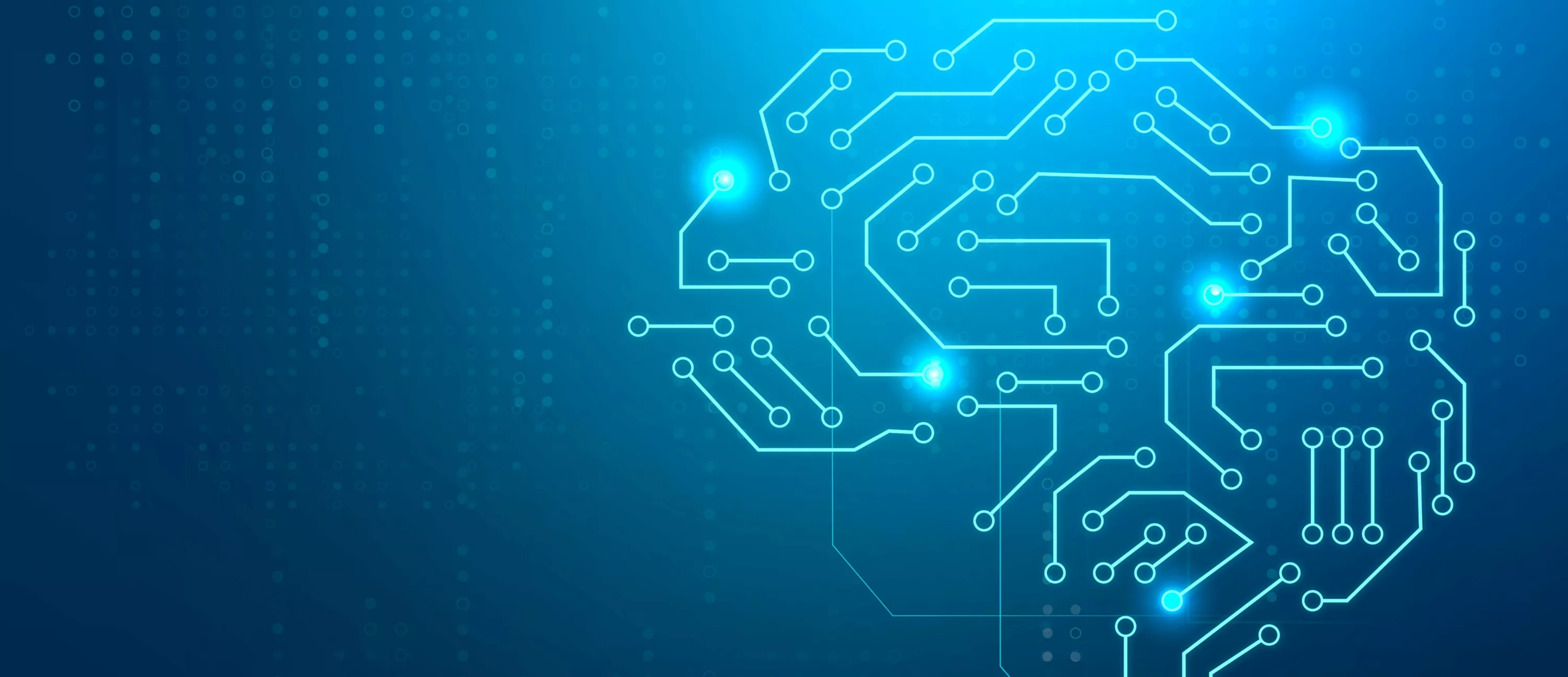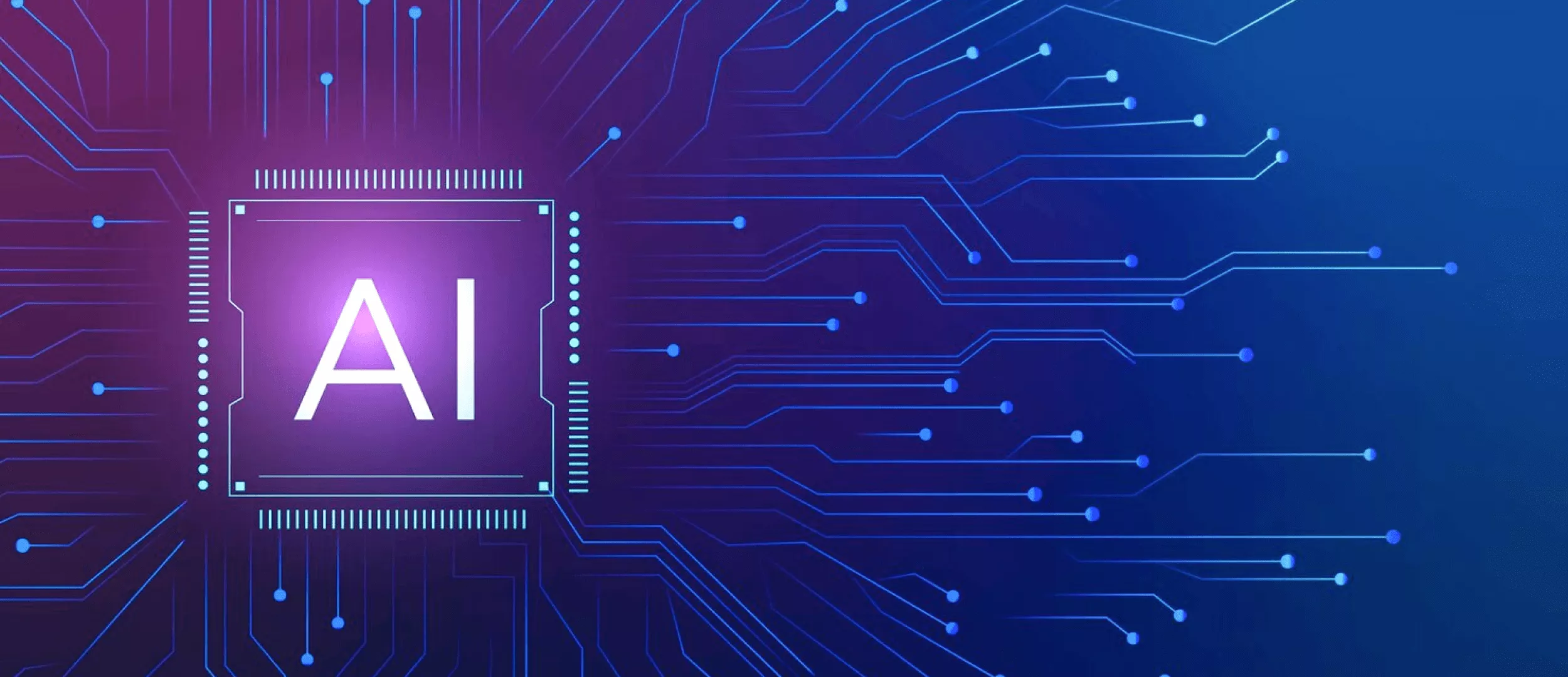
Artificial intelligence (AI), machine learning (ML), and deep learning are terms that have become very popular recently. The big boost in computer power and cloud computing has made it possible to create AI that can do amazing things.
AIs can write papers, win art contests, and more. This makes people wonder how they can develop Artificial Intelligence. How can AI help their business? It must be very hard, right?
Actually, no. Starting from scratch is tough (that's why top engineers do it). But there are many tools, both free and paid, that make it easier. In this blog post, we will guide you on how to create an artificial intelligence.
AI Concepts
AI, or artificial intelligence, is a part of computer science focused on mimicking tasks that usually need human intelligence. These tasks include understanding speech, making decisions, recognizing images, and translating languages.
Machine learning (ML) is a key part of AI. Unlike regular programming, where you write specific rules, ML algorithms learn from data and get better over time. Deep learning is a special type of ML that uses neural networks with many layers to find patterns in big data.
Natural language processing (NLP) and natural language generation (NLG) are also important. NLP helps machines understand human language, and NLG helps them create it. These technologies are used in chatbots and voice assistants like Siri and Alexa.
There are many other parts of AI, like robotics, computer vision, and expert systems. But understanding ML, deep learning, and NLP/NLG gives you a good start in understanding AI. These areas are the foundation of many advanced AI applications today.
AI vs. Traditional Programming
Traditional programming works by following specific rules for every possible scenario. The programmer writes detailed instructions, and the computer follows these rules exactly.
AI works differently. You give it inputs and desired outputs during training, but you don't provide specific rules. Instead, the AI learns from the data and finds patterns to make predictions on its own.
AI and traditional programming tackle problems differently in computer science. Traditional programming involves writing step-by-step instructions for a computer to follow, while AI, especially machine learning, learns from data to make predictions or decisions.
Want a web app that does more?
Let's build a solution that's smart, sleek, and powerful.
Alina
Client Manager

In traditional programming, a programmer breaks down a problem into smaller tasks and writes code to solve each one. The computer then follows these instructions to produce the desired outcome. This approach is best suited for tasks with clear rules and defined inputs and outputs, like web development or data processing. However, traditional programming can only solve problems it's specifically programmed for and doesn't adapt to new situations without manual updates.
On the other hand, AI, particularly machine learning, learns from large amounts of data to perform tasks. Instead of being explicitly programmed, AI algorithms are trained on data and learn patterns to make predictions or decisions. This is useful for tasks like recognizing images or processing natural language, where writing traditional code would be impractical. However, AI algorithms require substantial data for effective training and can be more challenging to understand and manage than traditional code.
Which Programming Language Is Used in AI?
You can use any strong programming language to build Artificial Intelligence systems, but some are better than others. This can be because they have built-in AI functions or because a lot of people use them, making it easier to find tools and help. Here's a quick list of the best languages for AI.
Python
Python is one of the most popular programming languages. It's versatile, easy to use, and has many packages, libraries, and frameworks.
Python is great for AI because it has many tools that make the process easier. For example, PyTorch is a powerful machine learning framework with a simple Python interface (or C++ if you prefer). Python is a favorite in the data science community for these reasons.
Julia
Julia is the newest language on this list, and that's a good thing. It was created specifically for data science. Julia overcomes many limitations of other languages, is simpler than Java or C++, and is faster than Python or R.
Julia is becoming more popular in the data science community. If you're interested in new AI technologies, keep an eye on Julia.
R
R was the top choice for data science until Python became popular. It’s an open-source language similar to S and has been favored in academia for a long time. Although it’s not the easiest to use, its many libraries supported by the scientific community are hard to beat.
Other popular languages include Scala, Java, and C++. These are widely used in software engineering due to their performance and strong ecosystems, even though they can be complex.
Types of AI
Before learning how to create an AI, it's helpful to understand the three main types of AI:
1. Artificial Narrow Intelligence (ANI): Also known as "weak AI," this is the most common type of AI today. ANI is designed to perform a specific task extremely well, like Google's search engine or voice assistants like Siri.
2. Artificial General Intelligence (AGI): Also called "strong AI," AGI can understand, learn, and apply knowledge to various tasks, just like a human. It can adapt to new situations independently. While AGI doesn't exist yet, it is a major goal of current AI research. Some believe that OpenAI's GPT-4 shows early signs of AGI.
3. Artificial Superintelligence (ASI): ASI is a theoretical type of AI that surpasses human intelligence in nearly all areas. It would excel at reasoning, problem-solving, learning, and understanding complex ideas. This level of AI is currently the stuff of science fiction.
What Is Required to Build an AI System?
To build an AI system, you need a few important things. First, you need good data to teach your AI. This is really important because it's what your AI learns from. Then, you need algorithms or models that can understand and use this data. These can be simple or really complex.
You also need a good setup to train and use your AI, like servers or cloud platforms. And you should know about machine learning, statistics, and programming languages like Python or R to put everything together effectively.
Define a Goal
The first step in AI development is setting clear goals that you can measure. You need to figure out what problem you want to solve, like making things faster or more accurate, or improving how customers interact with your business. To do this, you need to understand your business and any problems it might have. Tools like data visualization can help you see patterns in your data. Make sure to think about:
- Can AI really help with this problem?
- How will solving this problem help your business?
- Do you have good data for this problem?
Considering these things will help you make an AI that really helps your business.
Data Collection & Preparation
To train your AI model, you need good data. Whether you get it from your own databases, buy it, or find it online, it has to show the problem you're working on accurately. Then, you need to clean the data and fix any missing info or mistakes. Tools like Pandas in Python or dplyr in R can be helpful. Remember: Make sure the data follows privacy rules. It should really relate to your problem. More data is sometimes better. Too much irrelevant stuff can confuse your AI.
Selection of Tools & Platforms
When creating AI, it's important to choose the right tools and platforms. You might opt for cloud-based platforms like AWS or Google Cloud for scalability, or use local servers for data security. Python is widely used for its simplicity and vast library support in machine learning. R is also popular for statistical computations. Consider factors like scalability, cost-effectiveness, and software compatibility when making your choice. By selecting the appropriate tools and platforms, you can ensure the efficiency and effectiveness of your AI development process.
Algorithm Creation
Creating an algorithm or choosing a model depends on how hard the problem is, how much data you have, and how good your team is.
To make your own algorithm, you need to know programming languages like Python or R and be good at machine learning. Or you can use pre-trained models from tools like TensorFlow or PyTorch and adjust them to fit your needs.
- Some algorithms/models need more computer power.
- Accurate Models might take longer to train or run.
- Can you understand how the model makes decisions?
For a medium-sized tech company that wants to make customer support better, using pre-made models might be faster. The team can adjust a model to understand human language better with tools like TensorFlow or PyTorch.
The goal is to make sure the model gives good answers quickly. That way, customers get help faster and have a better experience overall.
Training the Algorithm
Training your AI model involves giving it data to learn and improve. You need a big dataset, split into training and checking parts. Tools like TensorFlow, PyTorch, or Keras can help with this.
Remember: Make sure your data is good and related to what you're doing. Don't let your model learn too much from the training data (overfitting) or too little (underfitting). Training needs a lot of computer power, so make sure you have enough or use cloud options.
As you train your model, it gets better over time. You might use different models for different jobs, all learning from the same basic one. And keep training it as new data and trends come up, so it keeps improving.
Deploy the Final Product
Deploying your AI solution means fitting it into your current systems or workflows, like connecting through APIs or creating a user interface. Tools like Docker and Kubernetes can help. During deployment, make sure it fits well with what you already have, can handle more data or users, stays secure, and is monitored for how well it works. Once it's deployed, your AI becomes a part of your business, making things better and helping you make decisions. Keep an eye on it to make sure it keeps working well and helps your business grow.
Regular Updates
Once your AI system is up and running, it's important to keep checking on it. This means making sure it's working well, fixing any problems, and updating it when necessary. Tools like TensorFlow's TensorBoard or Google's Cloud Monitoring can help with this.
As you're watching and updating, keep an eye out for any changes in the data. You might need to teach your model again if things start to look different. Also, make sure your model still fits with what you're trying to do. And be ready to keep updating it regularly to make sure it keeps working well as technology changes.
Best Practices for AI Development
It's worth emphasizing a few important points:
Firstly, the quality of the data you feed into your AI system is crucial. The data's accuracy and relevance directly impact your AI's performance and effectiveness. So, make sure you're using the right data for the job.
Secondly, when selecting models for your AI, consider the complexity of your problem and the amount of data available. Choosing the right model can significantly influence the outcomes of your AI system.
Additionally, regular evaluation and refinement of your AI model are essential. Keep an eye on its performance and make adjustments as needed to ensure it continues to meet your expectations.
Lastly, ethical considerations should always be at the forefront of AI development. Ensure your AI system is free from bias and respects user privacy. Ethical responsibility is paramount in AI development due to its potential impact on decision-making processes and societal interactions.
What are the problems in creating artificial intelligence?
Wondering how to make an artificial intelligence you must know that it comes with its own set of challenges:
- Balancing complexity: Making sure your learning model isn't too complicated or too simple is important.
- Data quality and quantity: Having good, enough data is crucial for your AI to work well.
- Finding the right skills: AI needs special skills, which can be hard to find.
- Ethical questions: Making sure your AI is fair and responsible can be tricky but is really important.
- Integrating with existing systems: Adding AI to what you already have can be tough and cause disruptions.
- Keeping up with changes: AI and technology move fast, so you need to keep your AI updated.
- Following regulations: Staying on top of privacy laws and rules about data is important.
- Scaling up: Ensuring your AI can grow with your business is a common challenge.
Integrating Your AI System Into Your Business
Knowing how to implement AI system into your business involves several crucial aspects:
Your AI solution needs to work smoothly with your current systems. Using APIs can help make sure data flows easily between them, making operations seamless and efficient.
Creating a user-friendly interface when is important for making it easy for people to interact with your AI. This ensures that your team can use the system effectively and get the most out of its capabilities.
Transitioning to an AI-powered system requires proper training and support for your staff. Helping them adapt to the new technology ensures a smooth integration process and maximizes the benefits of AI for your business.
Establishing key performance indicators (KPIs) allows you to measure the success of your AI implementation. This helps you track progress, identify areas for improvement, and ensure that your AI system is delivering the desired results for your business.
Hire AI Developers to Create AI for Your Business
Building Artificial Intelligence demands expertise and precision. Stfalcon addresses this need by matching your business with highly skilled software engineers who are aligned with your time zone. This ensures that you have the right expertise to navigate the complexities of AI development.
Partnering with Stfalcon allows you to embark on a journey towards an efficient and robust Artificial Intelligence development process. By collaborating with us, you gain access to top-tier developers and foster an engaged and retained team. Together, we can work towards achieving your AI goals while ensuring the success and sustainability of your business.
Conclusion
Building AI software is indeed complex and challenging, but it has potential transformative outcomes. With the right approach and expertise, AI can revolutionize businesses and industries. Whether starting a new AI-powered venture or enhancing an existing product with AI capabilities, Stfalcon is your trusted partner throughout the journey.
At Stfalcon, we specialize in AI software development and offer tailored solutions to meet your specific needs. Our dedicated team combines technical proficiency with innovative thinking to create artificial intelligence solutions.
With Stfalcon by your side, building AI software becomes an exciting opportunity to unlock new possibilities and drive growth in your business. Remember, building AI software is about leveraging expertise and creativity to harness the power of artificial intelligence effectively!
Contact us today to explore our AI software development services and discover how we can turn your ideas into reality.
Now that you know how to make an Artificial Intelligence let's dive into frequently asked questions to draw the line.
FAQs about Creating Artificial Intelligence
What is artificial intelligence (AI)
In computer science, AI includes machine learning and deep learning. These are about making AI algorithms that can learn from data and get better at doing tasks over time. It's like teaching a computer to think and make decisions, sort of like how our brains work. AI, sometimes combined with other tech like sensors or GPS, can do tasks that humans would normally do. Things like digital helpers, GPS directions, self-driving cars, and AI chatbots are all examples of AI we see every day.
How much does it cost to develop AI software?
Developing an AI can be pricey, and the expenses change depending on what you need. On average, making AI software can cost about $400,000. But remember, the real price depends on what your project needs. For smaller projects, it might be between $10,000 and $100,000, and for medium ones, it could be from $100,000 to $500,000.
What are the benefits of creating AI?
AI helps reduce human errors by making zero mistakes when programmed correctly. It's based on predictive analysis, ensuring accurate and efficient results, thus saving time and resources. Additionally, AI automates repetitive tasks like data collection, customer service, and email responses, freeing up employees to focus on tasks requiring human abilities. It smoothly handles big data, quickly processing and interpreting information for analysis. Facilitating quick decision-making, AI gathers valuable insights rapidly and enables machines to consolidate data and predictions. AI-based digital assistants, like chatbots, handle routine customer queries efficiently, reducing the need for additional staff. Moreover, AI excels in performing risky tasks, minimizing hazards to humans. It enhances workflows, improves processes, and increases productivity, ultimately contributing to revenue growth. In medical applications, AI aids in predicting health risks and assists in complex treatment procedures, ensuring full-time availability for tasks that require continuous attention.



